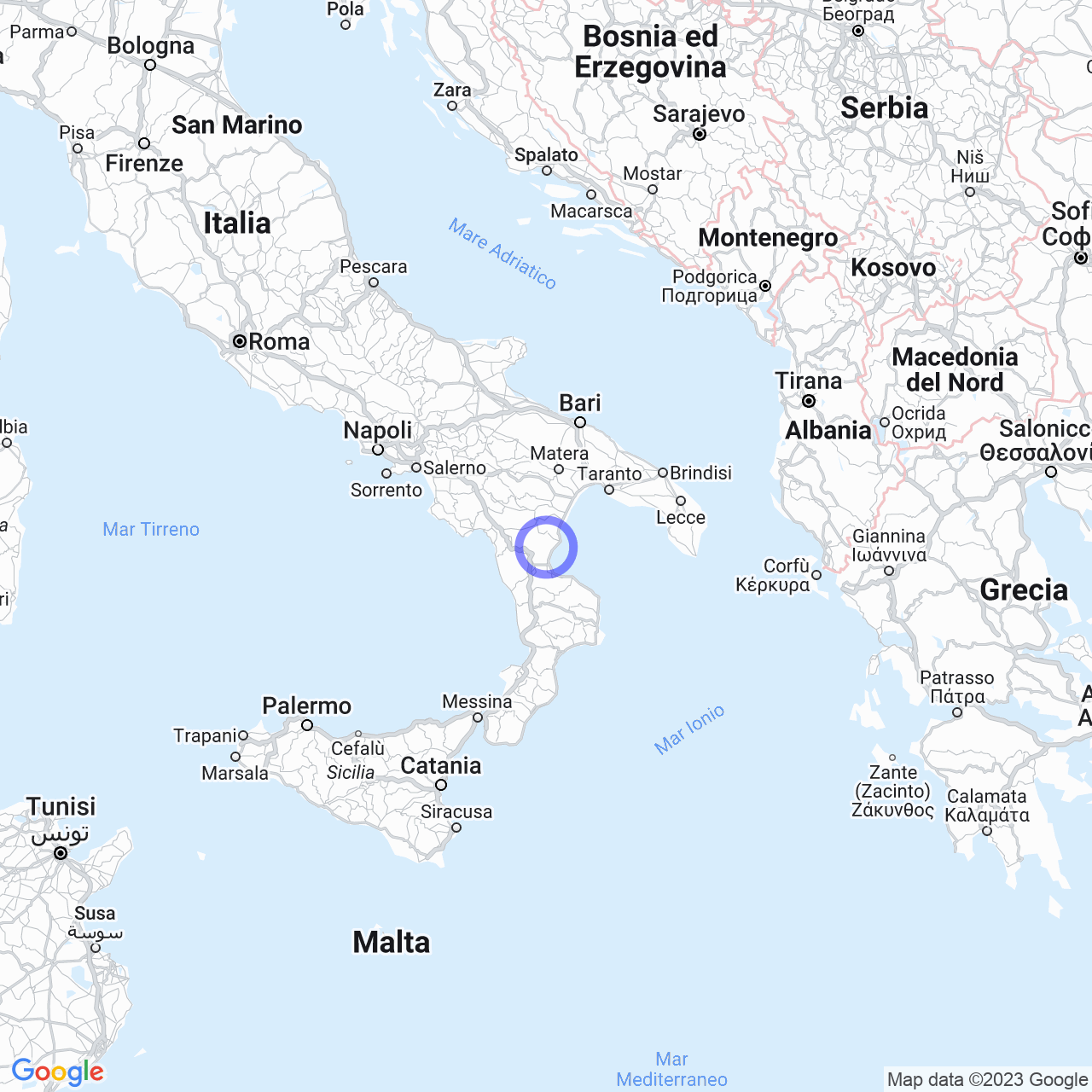Plataci
Plàtaci: The village of murals in the Arbëresh world
If you're looking for a charming village where the ancient Arbëreshë culture blends with the vibrant colors of murals, you're in the right place. Plàtaci, in fact, is a small town in the province of Cosenza in Calabria, boasting a rich history and tradition.
History
Plataci is an agricultural center located on the eastern slope of the Pollino Massif, dominating the Sibari plain and the Ionian Sea. The name of the village could derive from ''platanià'' (''πλατανιά'', meaning ''plane tree forest'' in Greek). Albanian exiles settled around 1476 in the pre-existing village of Cerchiara, which they probably abandoned during the earthquake of 1456. The village was the first center of the Marquisate of Cerchiara and then passed to the Pignatelli family who held it until 1806. For 500 years, the inhabitants of Plàtaci have preserved their ancient language, traditional costumes, and Byzantine ritual.

Symbols
The coat of arms of Plataci was granted by the President of the Republic on July 16, 1996, and is located in the Church of S. Maria di Costantinopoli. The standard is a banner divided into green and yellow.
Monuments and places of interest
The village boasts numerous ancient churches, including the one dedicated to the Madonna of Costantinopoli, erected at the beginning of the 17th century by master Martino Troiano. The church preserves an ancient statue of the village, while another church is dedicated to Saint John the Baptist and is characterized by a square bell tower, topped by an octagonal lantern. The interior has been redone in the Baroque period and preserves processional wooden statues.
Culture
Traditions and folklore
Plàtaci is a place rich in traditions, which come to life during the festival held from August 5 to 21. In these days, bonfires are lit, excursions to the Sparviero mountain and exhibitions of painting, sculpture, and antiques by local artists are organized. Among the most interesting events, there is the recovery of the traditional wedding procession to the sound of the bagpipe or accordion with the dressing of the Albanian gala costumes by the bride's relatives or friends. The traditional Arbëresh costume worn by women is also very interesting. The feast of the Madonna of Costantinopoli or Odigitria, celebrated in spring, on the Tuesday after Pentecost and the first Tuesday of November, is particularly noteworthy, very important to the population for not only religious but also social and propitious meanings.
Demographic evolution
In an increasingly globalized world, Plàtaci has seen a gradual emigration of young people in search of new job opportunities, but it continues to safeguard and defend its ancient culture and tradition.
If you want to discover an authentic place off the tourist beaten path, Plàtaci is the village for you. With its vibrant murals, ancient churches, and traditions, Plàtaci will conquer you with its sincere hospitality and timeless charm.
